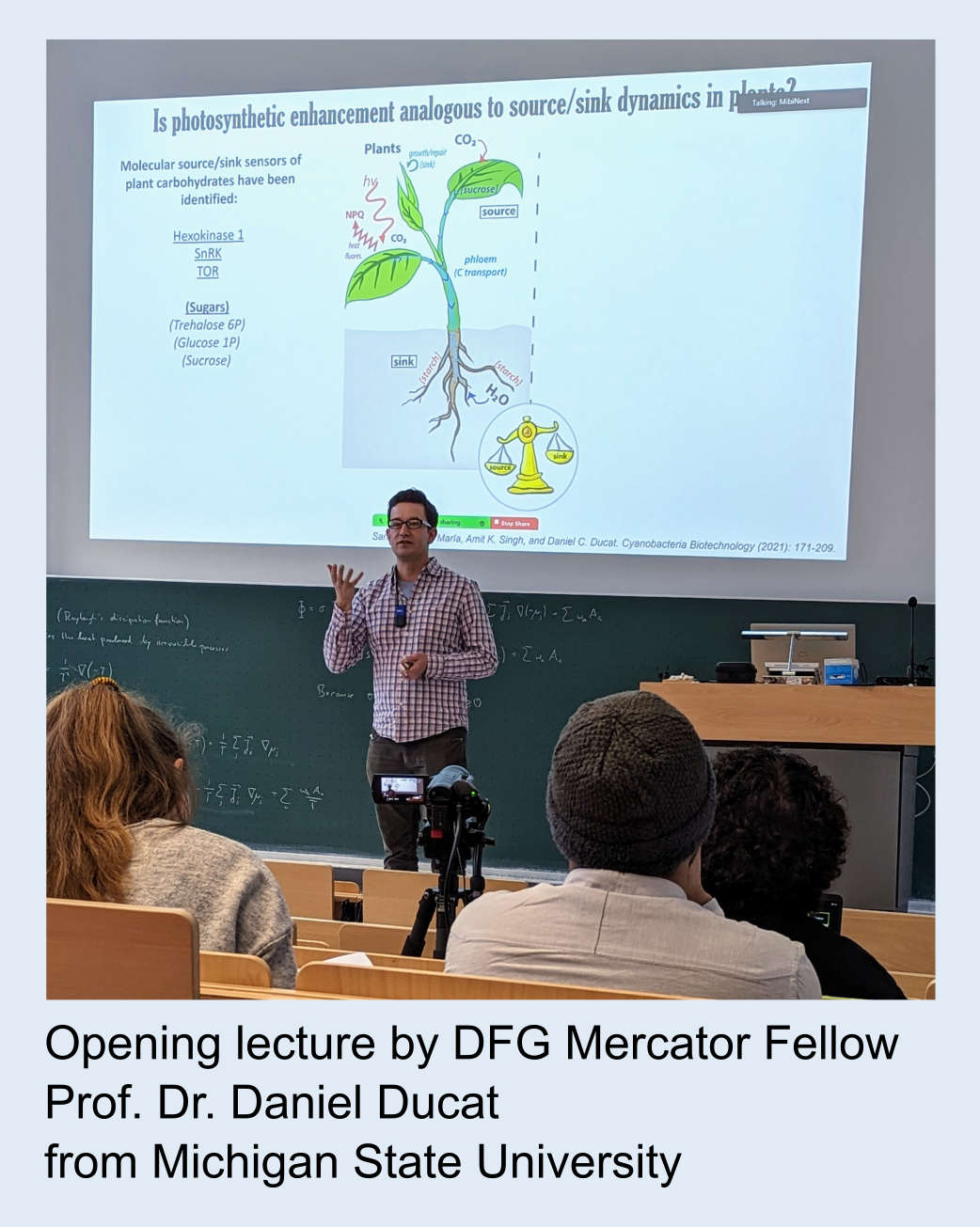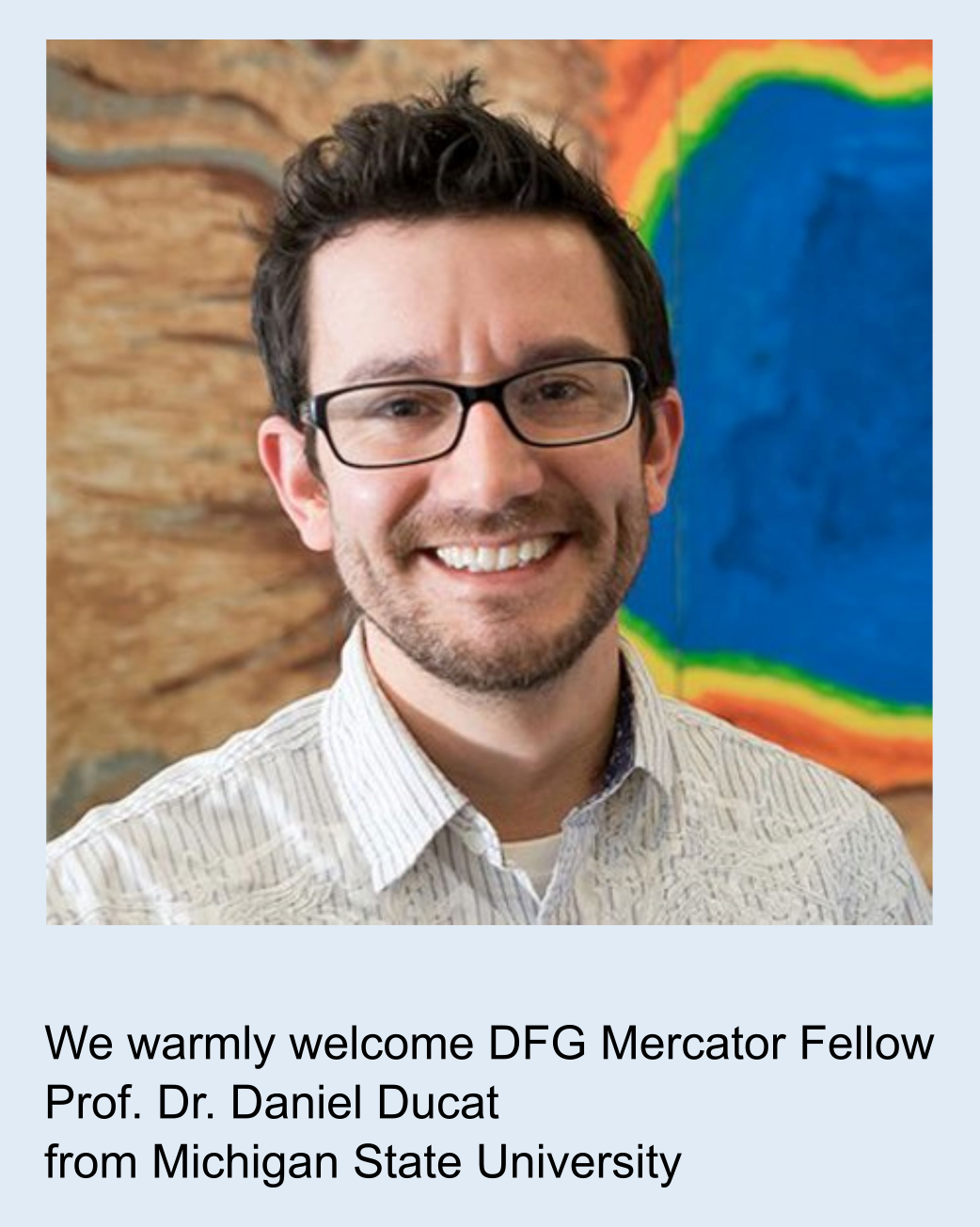
Successful Girls' Day 2024
On April 25, we welcomed eleven dedicated girls to Girls' Day at the Institute of Microbiology. This years' focus was on the exciting topic of "Fungi as a chemical factory", where the participants learned how complex chemical compounds can be synthesized in fungi.
The girls could explore the laboratory and get a taste of a researcher's everyday life. Through experiments, they could see how laboratory fungi are kept and propagated and take a closer look at some species under the microscope.
The girls' enthusiasm and inquisitiveness were truly inspiring. Their keen interest in chemical processes and the insightful questions they posed underscored the significant role of events like Girls' Day in fostering a passion for natural sciences among young women, potentially shaping their future career paths.
We would like to thank all participants and contributors for making this day a success, particularly Dr. Kerstin Schipper, who, with her commitment, inspired the girls to pursue science.






